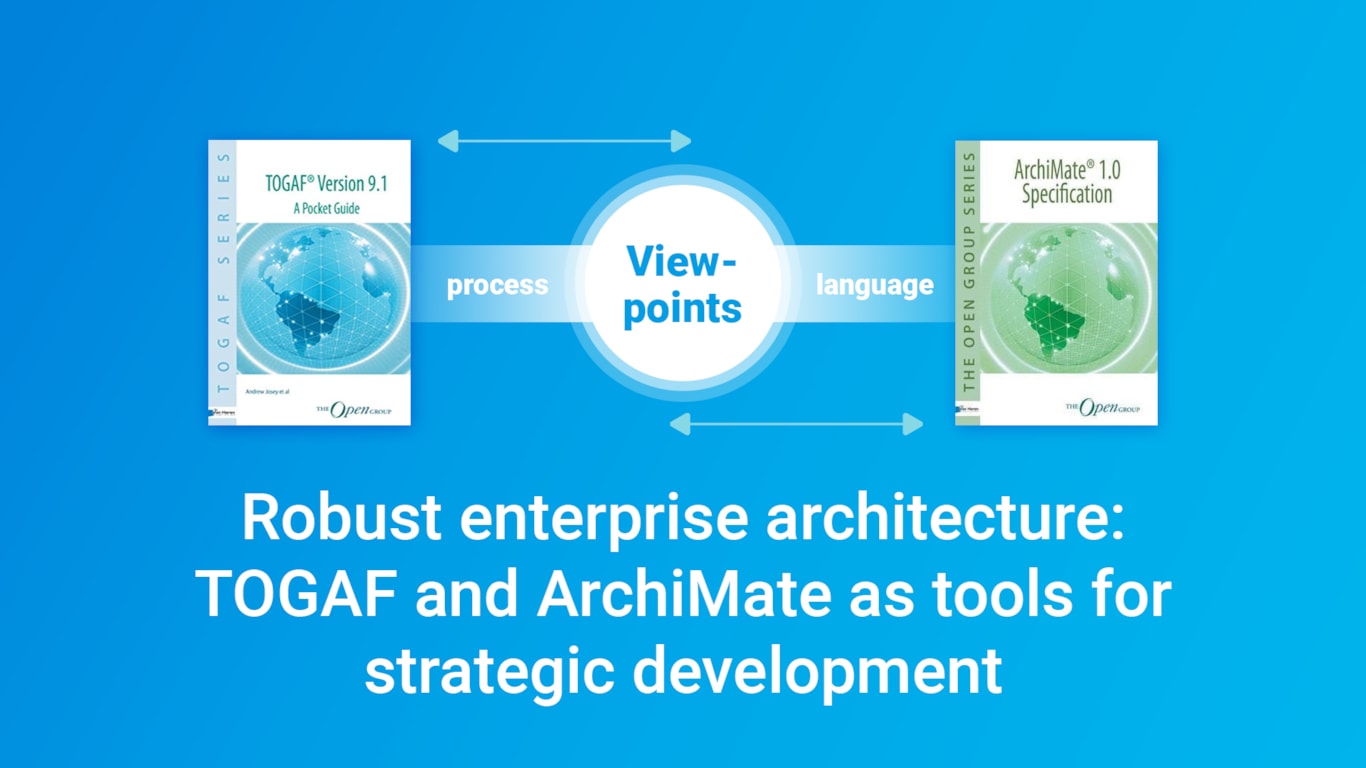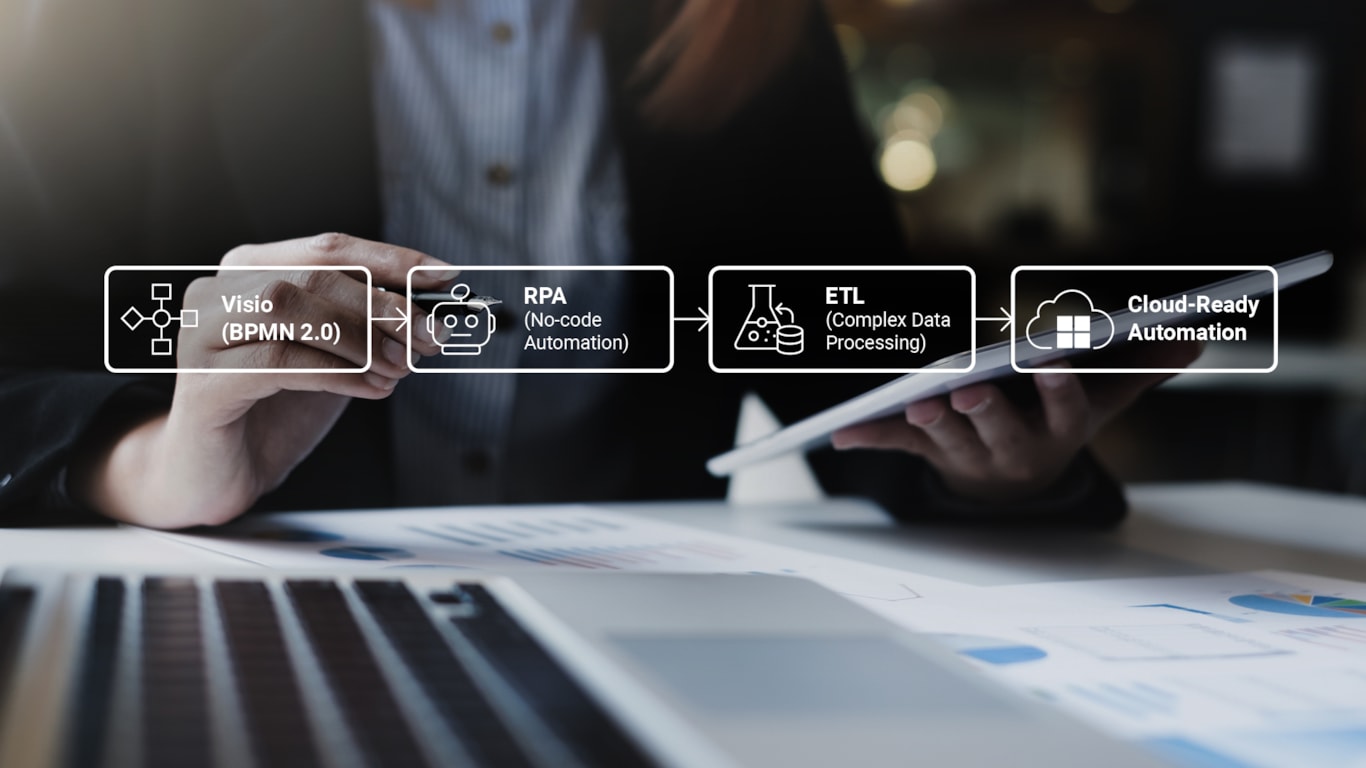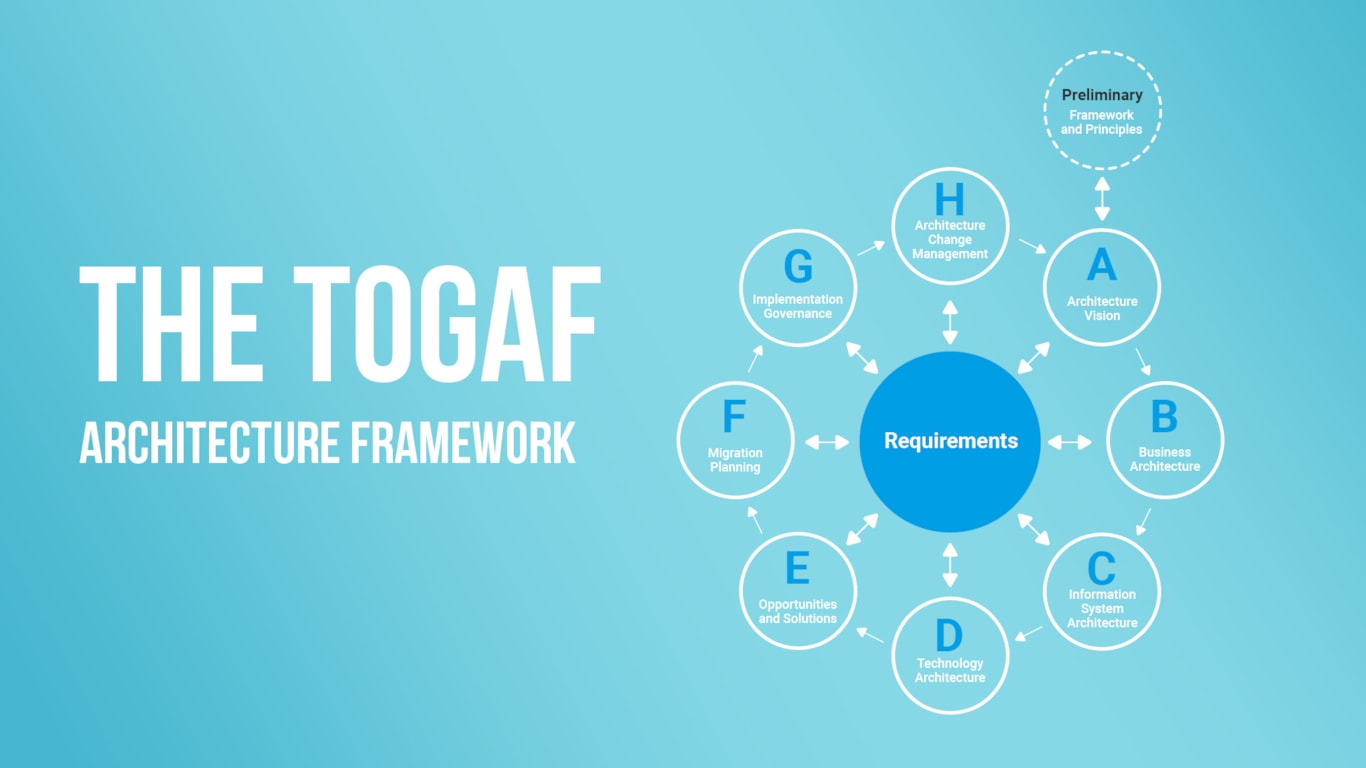
Risk-free enterprise architecture: TOGAF and ArchiMate for strategic growth
For large organizations, it is especially important that business processes are coordinated, structured, and well-integrated with the IT infrastructure. TOGAF and ArchiMate are powerful tools that help professionals streamline all processes and create a forward-looking enterprise architecture.

BPMN 2.0: How BPMN standards help build modern architectures
Legacy systems holding you back? Disconnected tools and outdated processes lead to costly errors and slow growth. BPMN 2.0 brings clarity. New version helps align business, teams, and stakeholders through visual process models that drive smarter cloud migration and faster transformation.

Process-driven automation for businesses: How BPMN, RPA, and ETL work together
Still stuck with manual workflows? Automation doesn’t have to mean massive rewrites or lost control. By combining clear process mapping (BPMN), no-code robotic automation (RPA), and smart data processing (ETL), you can streamline operations smoothly, integrating with your existing systems and scaling effortlessly in the cloud.

Using TOGAF and Archimate: Solving uncoordinated business processes
Uncoordinated business processes are the silent killers of enterprise efficiency. For large organizations, especially those with global operations, the challenge lies in aligning every team, system, and objective. Fortunately, frameworks like TOGAF and tools like ArchiMate offer a powerful path forward.

The process of preparing for enterprise architecture development with TOGAF
Modern businesses can’t afford to run on fragmented systems and outdated IT. To stay competitive, you need a unified architecture that connects strategy, processes, data, and technology. Start designing smarter. Explore how the right frameworks can turn architecture into your strategic advantage.

Information security of a new level: updating the ISO standard
As business management methods and technologies change, so do compliance standards. Since May 2024, the ISO/IEC 27001:2013 certificate has ceased to be valid. Instead, the updated version of the 2022 certificate came into effect